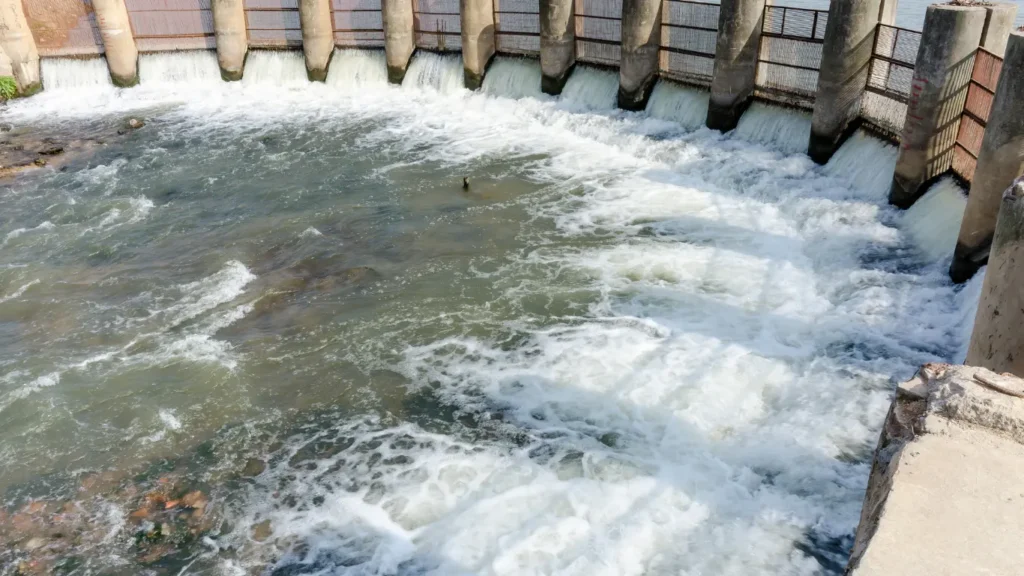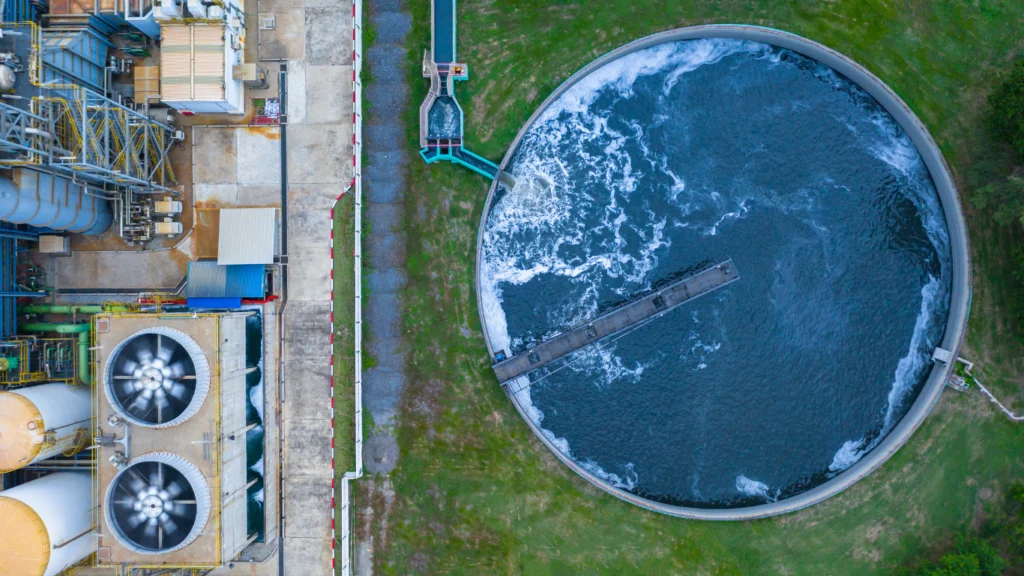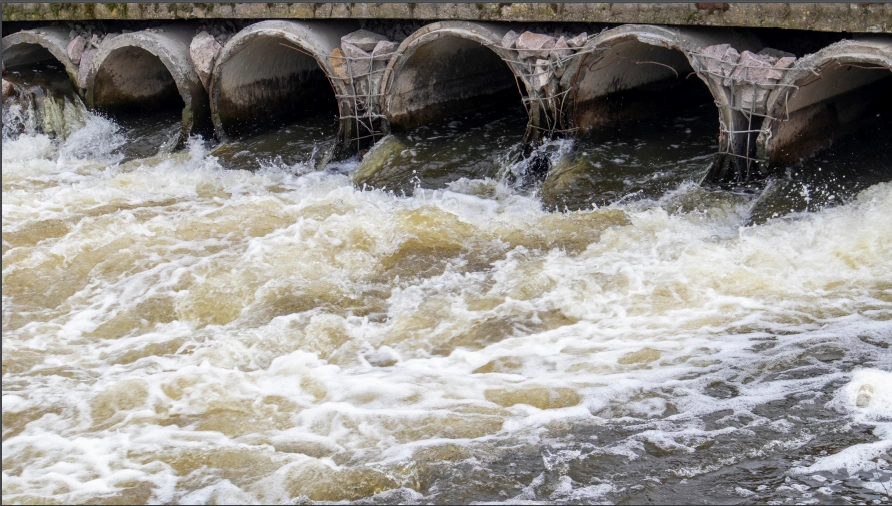In today’s rapidly developing world, industries and governments are scrambling to find sustainable solutions to manage waste and preserve natural resources. As climate change accelerates and environmental degradation becomes a growing concern, one critical area where significant improvements can be made is wastewater management. The question that often arises is: Can wastewater be more than just a waste product?
The answer is a resounding yes. Wastewater is emerging as a potential source of valuable materials, energy, and other resources that could be crucial to building a sustainable future. With technological advancements and the growing focus on sustainability, wastewater is no longer merely a by-product of industrial processes or urban life. Instead, it is being recognized as a goldmine for valuable materials, energy, and even opportunities for economic growth.
In this blog, we will explore how wastewater can be transformed into a resource, the concept of Zero Liquid Discharge (ZLD), and how companies like Scaleban Equipments Pvt. Ltd. are playing a vital role in the future of wastewater management.
Wastewater as a Resource: What’s in It?

Wastewater contains more than just dirty water; it holds a variety of components that can be harnessed for various uses. From valuable materials like metals and phosphorus to energy production, wastewater presents a remarkable opportunity for reuse. Here’s a breakdown of the materials that can be extracted from wastewater:
- Phosphorus: Often used in fertilizers, phosphorus is one of the most critical and commonly used minerals in the agricultural industry. However, phosphorus is becoming increasingly scarce. Wastewater treatment plants can capture and recycle phosphorus, ensuring that it is not lost to the environment but reused effectively.
- Metals: Wastewater contains trace amounts of valuable metals like gold, silver, and copper, especially in industrial wastewater. These metals can be recovered using advanced filtration and electrochemical processes. Recovering metals from wastewater can contribute to reducing the need for mining, which often has significant environmental consequences.
- Biomass and Organic Matter: Microbial fuel cells (MFCs) have been developed to convert organic material in wastewater into electricity. This renewable energy source can potentially power small systems, wastewater treatment plants, or even local communities.
- Nutrients for Agriculture: Nitrogen and phosphorus, though pollutants in high concentrations, can be extracted from wastewater and used as fertilizers in agriculture. This can help reduce the environmental impact of chemical fertilizers and promote circular economy practices.
- Water: Of course, the most obvious resource extracted from wastewater is clean water. With advanced filtration and treatment technologies, wastewater can be purified and reused for industrial, agricultural, or even drinking purposes.
Transform wastewater into resources with Scaleban Equipments Pvt. Ltd. — Contact us today!
Zero Liquid Discharge (ZLD): A Game-Changer in Sustainable Water Management

Zero Liquid Discharge (ZLD) is a technology that eliminates wastewater discharge by purifying it for reuse or evaporation, leaving minimal waste. It’s increasingly vital for water-intensive industries like textiles, pharmaceuticals, and food processing, helping them reduce environmental impact and recover valuable materials. ZLD addresses rising water scarcity, stricter regulations, and high water costs by using technologies to achieve 100% water recovery, minimizing the need for fresh water and preventing contamination.
How Wastewater is Becoming a Future Resource with Scaleban’s Innovative Solutions
The future of wastewater as a source of materials and energy lies in innovation. In recent years, several trends and breakthroughs have changed how wastewater is treated and utilized. Here are some of the most exciting trends that could shape the future of wastewater management:
1. Advanced Scale Prevention and Treatment Solutions
One key challenge in wastewater treatment systems is scale buildup, which can reduce efficiency and lead to costly maintenance. Advanced scale prevention technologies, including chemical-free options, are helping to reduce scaling, extending the lifespan of systems, and improving their efficiency. This approach supports more sustainable and resource-efficient treatment processes, as it reduces operational costs and maintenance needs.
2. Energy Recovery from Wastewater
A growing trend in wastewater management is harnessing wastewater as a source of energy. Through methods like anaerobic digestion, wastewater treatment plants can capture methane gas, a byproduct of organic matter breakdown, to generate electricity. This not only reduces the energy requirements of these plants but also contributes to a circular energy economy. Continuous improvements in biogas and microbial fuel cell technologies are paving the way for wastewater treatment plants to be substantial sources of renewable energy.
Make Wastewater Work For You — Get In Touch With Scaleban Equipments Pvt. Ltd. Today!
3. The Rise of Circular Economy Models
The shift toward a circular economy — a system focused on reducing, reusing, and recycling resources — is driving innovation in wastewater treatment. Wastewater is now increasingly viewed as a valuable resource. Urban areas are exploring water reclamation systems that recycle treated wastewater for irrigation, industrial uses, and even potable water in some cases. New technologies that enable resource recovery and resource-efficient treatment systems are supporting these circular economy models, helping industries reduce their carbon footprint and recover valuable materials from wastewater.
Wastewater management is evolving rapidly, with these trends leading the way toward a more sustainable future where wastewater is not just discarded, but repurposed as a valuable resource.
Final Thoughts: Wastewater as a Resource for a Sustainable Future
As industries and communities face the dual challenges of resource scarcity and environmental degradation, wastewater is emerging as a vital source of the materials of the future. By adopting innovative treatment technologies such as ZLD, resource recovery, and energy generation from wastewater, we can build a more sustainable, circular economy.
The potential for wastewater to become a source of valuable resources is enormous. As we continue to invest in research, development, and the implementation of these technologies, wastewater will play an increasingly important role in shaping a cleaner, greener, and more sustainable future.
With the right tools and mindset, wastewater is no longer just waste — it’s a valuable resource waiting to be harnessed.
